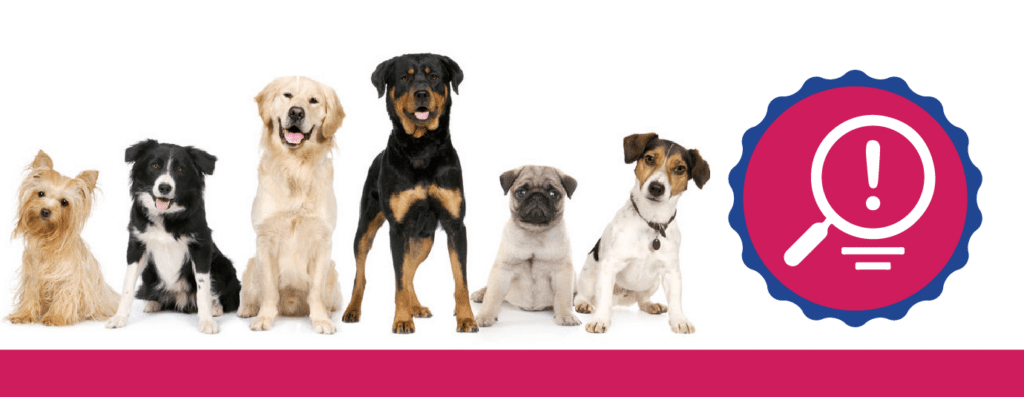One of the most exciting things for you and your dog is taking on an agility course. Dog breeds that need lots of exercise for proper dog training are especially fit for obstacle courses. Besides being a really fun dog trick to show off to your friends, obstacle courses are great for exercise and mental stimulation. They keep your dog happy and your trash can undisturbed.
Many pet owners are put off to agility courses because of the costs to visit, regulations of the United States Dog Agility Association (USDAA), and lack of courses in the area. Agility courses are becoming more popular. One of your local dog parks may even have a few of the simpler obstacles featured. However Splash and Dash for Dogs has compiled a way for pet owners to bring the course to their backyard. Here are six tips on how to build and train your dog through an agility course.
Dog Training on the Pause Table/Box
This is the easiest obstacle to both build and begin dog training with. The pause box is a raised platform where a dog holds certain poses on for at least five seconds. The sizes vary depending upon size of breed. Depending upon how advanced in dog training your dog is, owners can have dogs perform tricks like standing up on their hind legs while on top of the pause box. Let your dog get comfortable with their balance first, then move on the more advanced stuff.
The USDAA regulation sizes are as follows:
- Large Dogs: 60 CM
- Medium Dogs: 40 CM
- Small Dogs:30 Cm
If pet owners are just having fun with the dog at home, this is not as important. Just make sure the height of your pause box is appropriate for their size. You don\’t want to hurt them! Old coffee tables and cheap department store furniture work just as well as the regulation equipment. Pet owners can also stack cinder blocks and secure plywood on top. Make sure you use non-slip traction padding with an adhesive back, or a non-skid paint to make sure the surface you’re working with can\’t injure your dog.
Dog Walk
Once your dog masters the pause box it is time to move on to the dog walk. This obstacle also challenges balance, but now your dog is in motion. A typical dog walk has two ramps, the first ascending, the second descending, with a flat area in between the ramps. The point is for a dog to get from one end to the other as quickly as possible.
Dog walks are typically around 140 CM high with each plank being 12 feet long. The whole obstacle is about 12 inches wide.
Park benches have a similar structure and supply the same health benefits while dog training.
Standard Jumps and Hurdles
If you\’re already working with a park bench as a supplement for a dog walk, your dog may already be familiar with small jumping from one surface to another. Once a dog is able to jump at least a foot off the ground they are ready to advance to hurdles. Hurdles are the same for humans as doggies–an upright frame the dog jumps over.
Hurdles are easy to make using PVC pipes. With corner pipes you can adjust the size of the obstacle as your dog advances, or for dog training with other dogs.
USDAA Regulation Sizes are as follows:
- Large Dogs: 550 mm
- Medium Dogs:350 mm
- Small Dogs: 250 mm
Weave Poles
This one of the most acrobatically difficult obstacles. Weave poles are essentially just poles that a dog weaves around. For a dog, negotiating that space can be challenging. The least amount of poles the AKC will allow is five. The most is twelve.
The best dog training method to successfully navigate this obstacle is by using plenty of treats, petting, and positive voice prompts. Hold a treat in your hair and navigate your dog through the course. Every time your dog completes a successful navigation– from one side of the pole to the other–reinforce this good behavior. With baby steps and patience, your dog can be a pro!
Pipe Tube
A pipe tube is a collapsible obstacle that curves. Your dog runs or crawls through and exits as quickly as possibly. There are two versions used in the USDAA courses. The first is the just a curved tube, and the second has a collapsed chute at the exit. The dog must push through the chute to exit the tube successfully.
Plastic tubes that are accurate to industry standards can are available at many local department stores for under $20.



